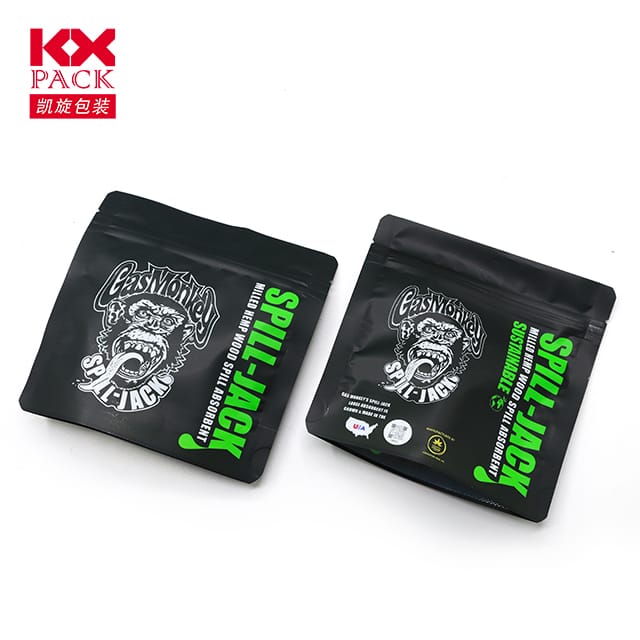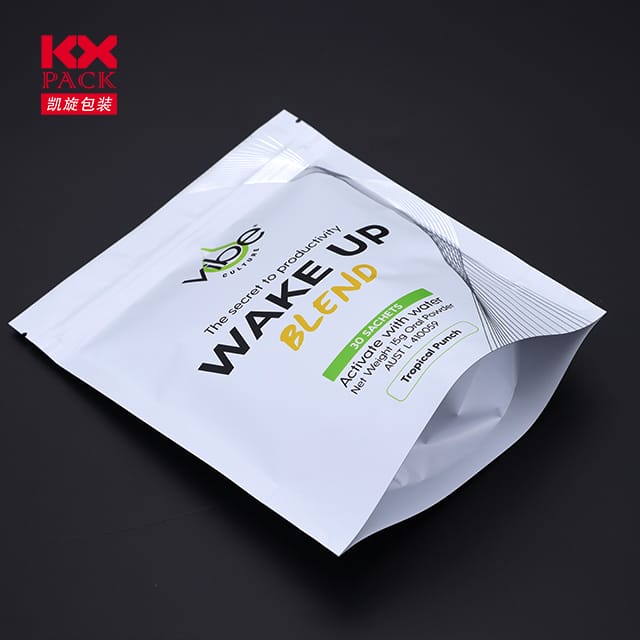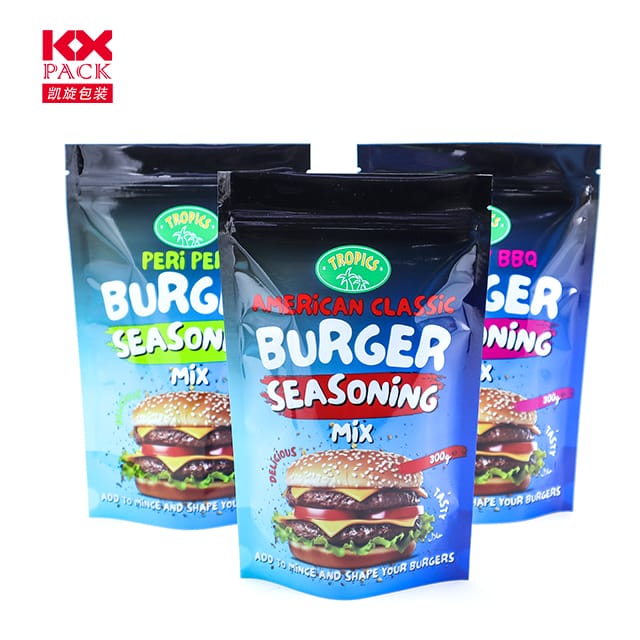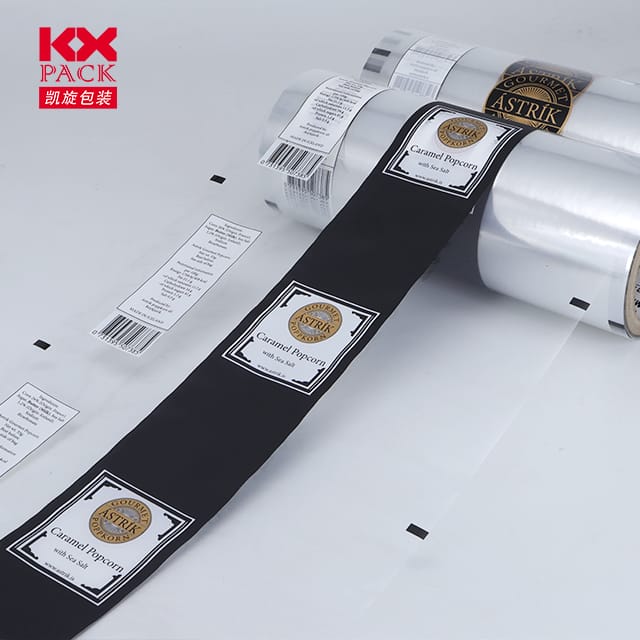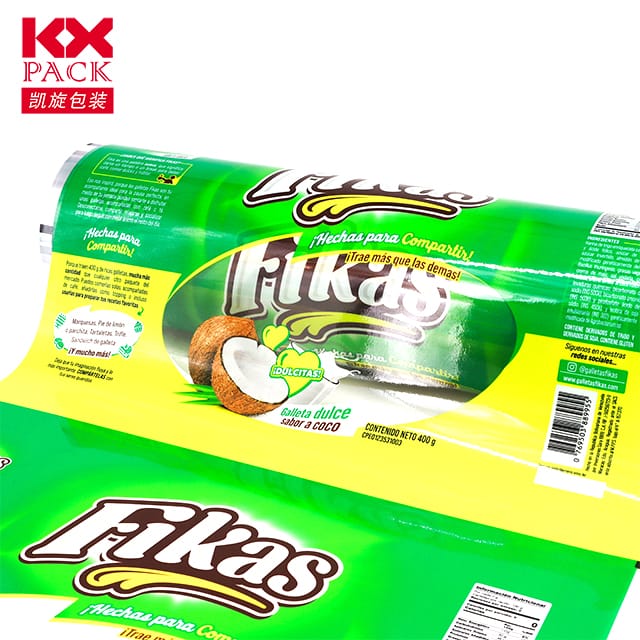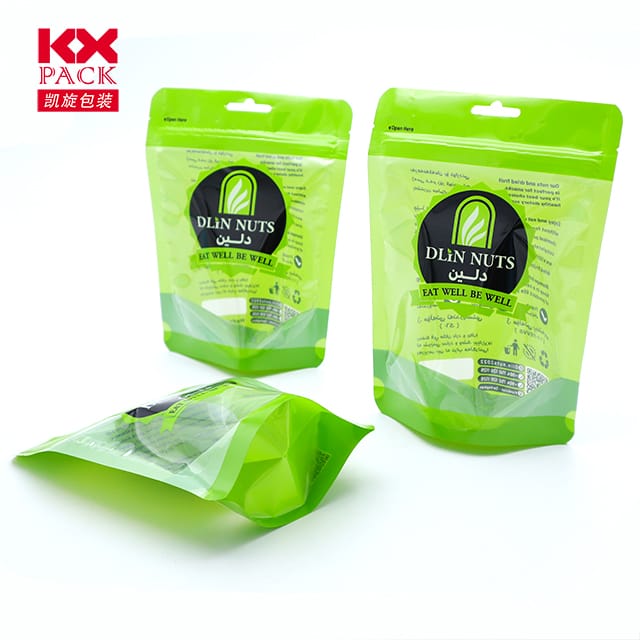La evolución de la película de envasado impreso: Cómo la innovación está remodelando la presentación del producto
Película de embalaje impresa
In today’s hypercompetitive retail landscape, El empaque de un producto ya no es solo un caparazón protector: es una herramienta de marketing dinámico que une la identidad de la marca con la experiencia del consumidor. Entre la miríada de soluciones de empaque, película de embalaje impreso se ha convertido en un cambio de juego, Combinando la funcionalidad con imágenes de alto impacto para cautivar a los compradores y agilizar las cadenas de suministro. Let’s explore how this versatile material is evolving to meet modern demands.
1. Más allá de la estética: The Multifaceted Role of Printed Films
Película de embalaje impresa are engineered to do far more than display logos or graphics. They serve as a canvas for storytelling, regulatory compliance, and even consumer engagement through smart technologies. Por ejemplo:
- Diferenciación de marca: In crowded aisles, vibrant, high-definition prints on films like polypropylene (PÁGINAS) or polyethylene (EDUCACIÓN FÍSICA) help products stand out. Beverage companies use shrink sleeves with 360-degree graphics to create shelf-ready bundles, while cosmetics brands leverage metallic inks for a premium feel.
- Regulatory Transparency: Films printed with nutritional facts, usage instructions, or safety warnings ensure compliance without the need for additional labels, reducing costs and waste. This is critical in industries like pharmaceuticals and food, where clear communication is non-negotiable.
- Sustainability Signaling: With bioplastics and recyclable films gaining traction, printed designs can highlight eco-credentials (P.EJ., “100% Recyclable”) to appeal to environmentally conscious buyers.
2. La tecnología detrás de la impresión: Precision and Efficiency
Advancements in printing techniques have revolutionized how brands apply designs to films:
- Impresión digital: HP Indigo or Xeikon presses enable on-demand, short-run printing with minimal setup time, ideal for limited-edition products or regional campaigns. This flexibility reduces inventory costs and allows for rapid design iterations.
- Impresión flexecia: A cost-effective choice for large volumes, flexo uses anilox rollers and photopolymer plates to deliver consistent, high-speed prints. Innovations like solventless inks further enhance sustainability by eliminating volatile organic compounds (COV).
- Integración de envasado inteligente: Printed films now incorporate QR codes, Etiquetas NFC, or temperature-sensitive inks, transforming packaging into interactive touchpoints. Por ejemplo, a coffee pouch might display a freshness indicator that changes color over time.(Película de embalaje impresa)
3. Material Science: Strength Meets Sustainability
The base films themselves are evolving to balance durability with environmental responsibility:
- Multi-Layer Structures: Composite films combine barrier layers (P.EJ., EVOH for oxygen resistance), sealant layers (like PE for heat sealing), and printed surfaces into a single, high-performance package. This is vital for perishables or liquids.
- Opciones biodegradables: Films made from polylactic acid (PLA) or starch blends offer compostability, though they often require specialized disposal facilities. Brands are partnering with recycling firms to improve end-of-life management.
- Liviano: Thinner films (P.EJ., 15-micron BOPET) reduce material use without compromising strength, cutting transportation emissions and costs.
4. Aplicaciones en todas las industrias
Película de embalaje impresa cater to diverse sectors, each with unique needs:
- Alimento & Bebida: Shrink bundling films secure multi-packs of bottles or cans, while high-barrier laminates extend shelf life for snacks and cheeses.
- Cuidado personal: Tubes and pouches for lotions or shampoos use printed films with a soft-touch finish for a luxurious feel.
- Logistics: Heavy-duty bundling films stabilize pallets of firewood or industrial parts, replacing traditional strapping methods.
- Comercio electrónico: Anti-counterfeit films with holographic prints protect high-value goods during shipping, while resealable zippers enhance convenience.
5. El futuro: Circularity and Connectivity
Mirando hacia adelante, printed packaging films will increasingly align with circular economy principles:
- Recyclability by Design: Brands are adopting monomaterial structures (P.EJ., bolsas totalmente de PE) to simplify recycling streams. Innovations like laser-scored tear lines also improve ease of recycling.(Película de embalaje impresa)
- Blockchain Integration: Printed films could soon feature blockchain-enabled codes that trace a product’s journey from factory to shelf, combating fraud and enhancing transparency.
- Energy-Efficient Production: Solar-powered printing plants and AI-driven quality control systems are reducing the carbon footprint of film manufacturing.
Conclusión: A Canvas for Innovation
Película de embalaje impresa is no longer a static component—it’s a dynamic interface between brands and consumers. As digital printing, smart technologies, and sustainable materials converge, the possibilities for creative, functional, and eco-friendly packaging are expanding exponentially. Para empresas que buscan mantenerse a la vanguardia, investing in printed films isn’t just about aesthetics; it’s a strategic move to enhance shelf appeal, operational efficiency, y gestión ambiental.
Ready to explore how Película de embalaje impresa can elevate your brand? Dive into the latest trends in material science, printing tech, and circular design to unlock new opportunities in 2025 y más allá. 🌍✨

